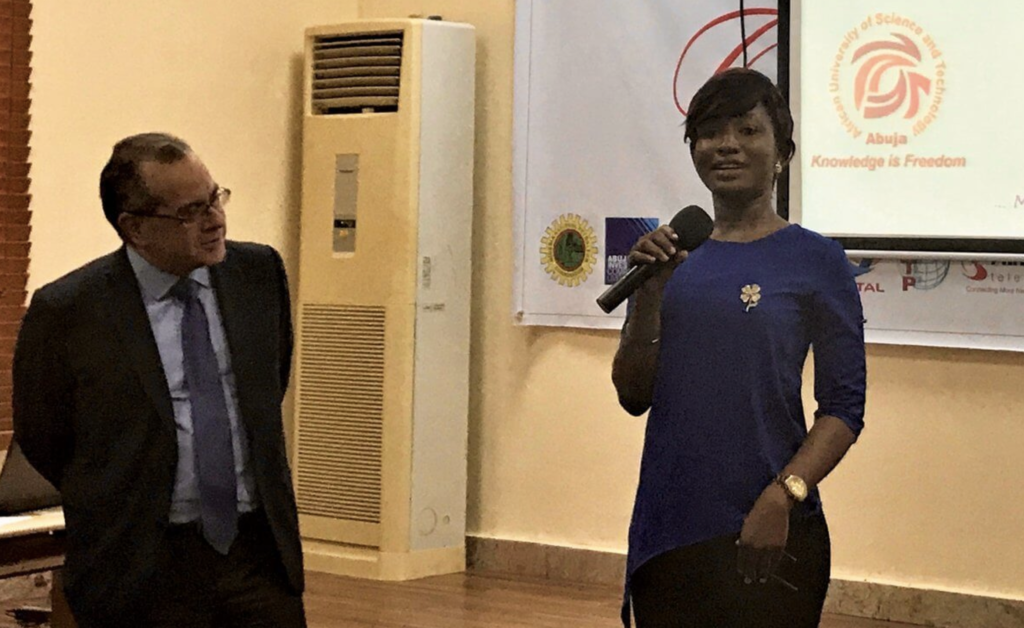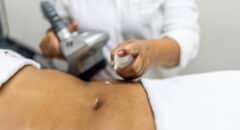 Osteoporosis is a metabolic bone disease characterized by low bone mass, which makes bones fragile and susceptible to fracture. It is known as “the silent disease” because symptoms and pain do not appear until a fracture occurs.
Osteoporosis is a metabolic bone disease characterized by low bone mass, which makes bones fragile and susceptible to fracture. It is known as “the silent disease” because symptoms and pain do not appear until a fracture occurs.
According to the National Institutes of Health (NIH), about 34 million Americans have osteoporosis. Another 18 million have low bone mass and are at an increased risk for the disease. Osteoporosis is common among the elderly, but the disease can strike at any age.
Although it is more common in older women, men can also have osteoporosis. One of every 2 women and 1 in every 4 men older than 50 years of age will have an osteoporosis related fracture in their lifetime.
There is a misconception that osteoporosis only affects white women. Although African American women tend to have higher bone mineral density (BMD) than white women throughout life, they are still at a significant risk of developing osteoporosis. This misconception leads to a delay in care for African American women. It is stated that five percent of African American women older than 50 have osteoporosis. Recent research shows that even among women who are known to have risk factors for osteoporosis, few are screened for the disease.
Speaking from my clinical experience, It is important for everyone, especially African American women, to get screened for osteoporosis. African American women are at higher risk due to the fact that they are more likely than white women to die and have complications following an osteoporosis-related hip fracture.
With this in mind, here are five simple lifestyle changes to help build stronger bones:
1. Exercise to lose weight.
Need a reason to get off that couch and get moving? Weight-bearing exercises, including weight training, hiking, climbing stairsnand walking force the bones to work against gravity and are effective at increasing bone mass.
The National Osteoporosis Foundation (NOF) recommends 30 minutes of physical activity daily. This can either be done as one 30-minute session or broken up into shorter sessions, such as three 10-minute sessions over the course of a day.
Don’t have the time to exercise? Try purchasing a step counter and aim for a preset amount of steps per day. Also try taking the stairs instead of the crammed elevators at work.
2. Stop smoking.
Need a reason to put down that lighter this year? Consider this: The nicotine and cadmium found in cigarettes can have toxic effects on bone cells, causing direct harm to bones and indirectly by lowering body weight, as well as reducing the amount of calcium absorbed by the intestine. These factors can lead to lower bone density and increase the risk of fracture.
3. Limit caffeine to 3 cups of coffee per day.
Caffeine is a stimulant and acts as a diuretic by increasing the excretion of calcium in our urine. This leads to less calcium for bones, which increases the risk of osteoporosis. It is said that caffeine at a dose of 330 mg/day (i.e., four cups, roughly 600 ml) may be associated with a modestly increased risk of osteoporotic fractures.
Ready to curb that caffeine habit in 2015? Start by weaning yourself from coffee by drinking half regular and half-decaf drinks. Avoid caffeine-laden drinks and the next time you are at your favorite restaurant, order decaffeinated iced tea or hot tea instead.
4. Limit alcohol intake.
Looking forward to a New Year filled with drinking? Not too fast. Alcohol affects almost every organ in the body. An intake of three or more drinks per day is detrimental to bone health and increases the risk of falling. Alcohol negatively impacts bone health in several ways.
When you imbibe too much, your stomach does not absorb calcium adequately. It also interferes with your pancreas and its absorption of calcium and vitamin D. In addition, alcohol affects the liver, which is important for activating vitamin D – which is also important for calcium absorption.
If you have been drinking for some time and plan to quit for the New Year, don’t fret. Some studies show that lost bone can be partially restored when alcohol abuse ends.
5. Eat more foods with calcium and less with sodium.
Love eating foods high in sodium such as processed, fast or fried foods? Eat them in moderation. Calcium is needed for adequate bone health. An excess in sodium intake decreases calcium absorption. The ability of calcium supplements to “maintain good bone health and reduce the high risk of osteoporosis later in life” is one of the few health label claims allowed by the U.S. Food and Drug Administration. The best food sources of calcium, other than dairy, include whole grains, beans, almonds and other nuts, and dark green leafy vegetables like kale.
And don’t forget about vitamin D. Your body needs vitamin D to absorb calcium. Make sure you get enough vitamin D from your diet, sunshine or supplements.








